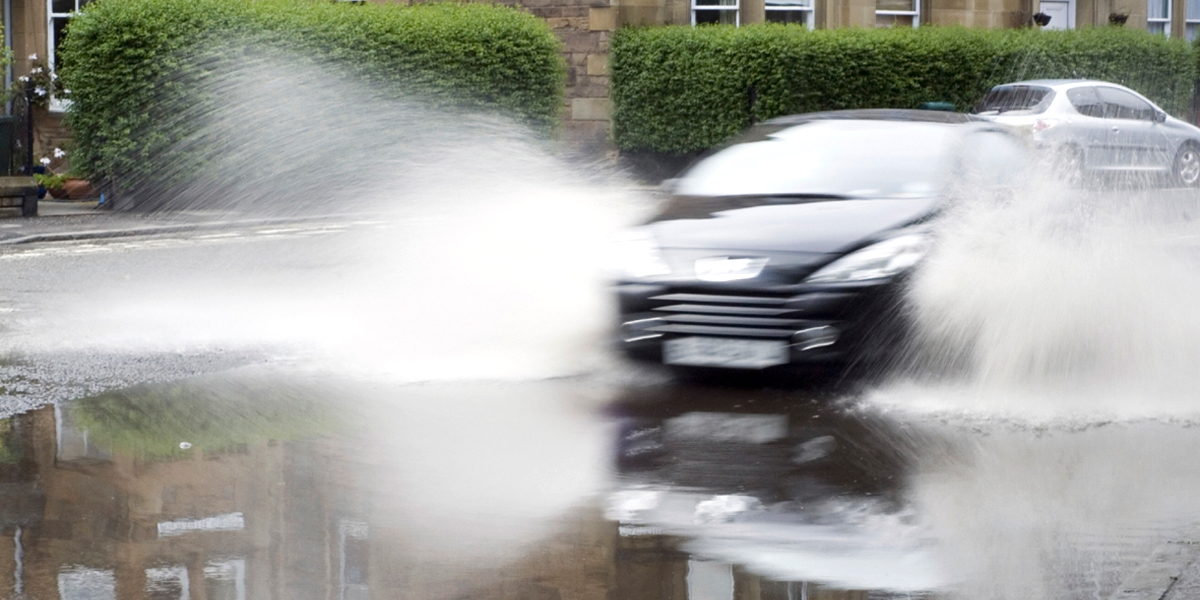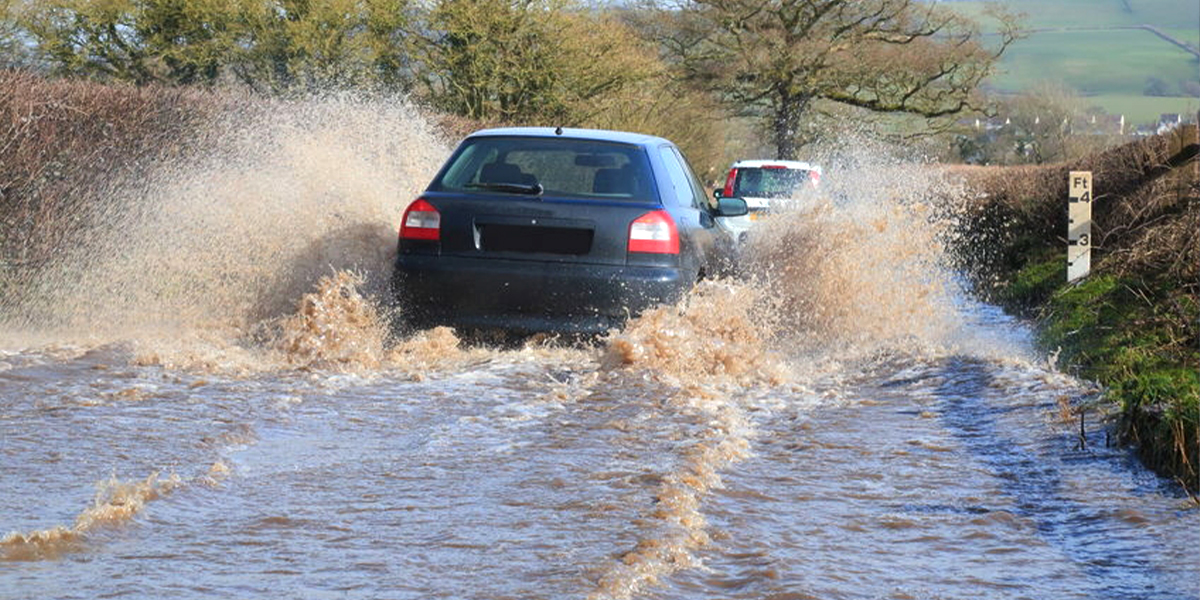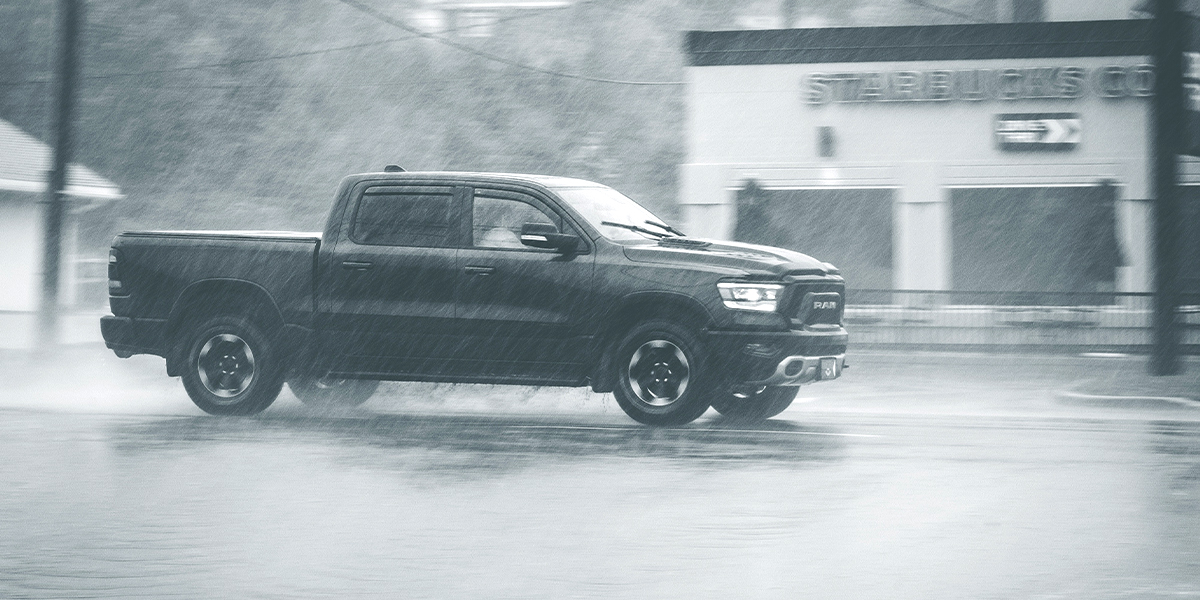What is aquaplaning and what should I do if it happens?
On By
Aquaplaning is every motorist’s worst nightmare. If you’ve ever lost control of your vehicle in wet weather, then it's most likely you were aquaplaning.
Having an understanding of this phenomenon will help you to avoid accidents when you’re next driving in the rain.
What is aquaplaning?
Aquaplaning, also known as hydroplaning, occurs when a layer of water builds up between a vehicle's tyres and the road surface, causing the vehicle to lose traction and control.
This is a dangerous situation because the driver will find it difficult to steer, brake, or accelerate properly. If all of the tyres are only in contact with water, the vehicle is essentially sliding like an uncontrolled sledge.
Traction always diminishes on wet roads because water acts as a lubricant on tyres. Aquaplaning is specifically when the tyres encounter more water than they can effectively displace resulting in a loss of contact with the road.

When does aquaplaning happen?
Several factors contribute to the occurrence of aquaplaning. One of the most significant is the speed at which the vehicle is travelling. The faster a vehicle moves, the more difficult it is for the tyres to displace water.
Tyre condition also plays a role. If these are worn, damaged, or underinflated, they will be less effective at dispersing water. Similarly, if the tyre treads are too shallow, they will not be able to channel water away from the wheels, increasing the risk of hydroplaning.
The legal minimum tread depth in the UK is 1.6mm, although even this is below what is recommended. New tyres will often come with an 8mm tread depth which is more effective at dissipating water on the road surface.
The more surface water a road has, the more likely a vehicle will aquaplane. Heavy rainfall and poor drainage are two of the main reasons why roads will be covered in puddles.
What should I do if I’m aquaplaning?
If the worst happens, and you can feel your vehicle aquaplaning, the best thing to do is not panic. Sudden jerky movements on the accelerator or steering wheel could make your situation worse.
You will regain traction at some point and the best thing you can do is ease off of the accelerator and keep your wheels straight so that you’re in a good driving position once you do get back control.
Appropriately apply your brakes and reduce your speed once you regain grip to ensure that you don’t aquaplane again.

How to avoid aquaplaning?
To reduce the risk of aquaplaning, drivers can take several precautions.
One of the most important is lowering your speed in wet conditions, especially during heavy rain or when there is standing water on the road. Additionally, drivers should make sure that their tyres are properly inflated and have sufficient tread depth.
Lastly, avoiding sudden steering inputs or heavy braking when moving through water will help you to have a safe journey.

